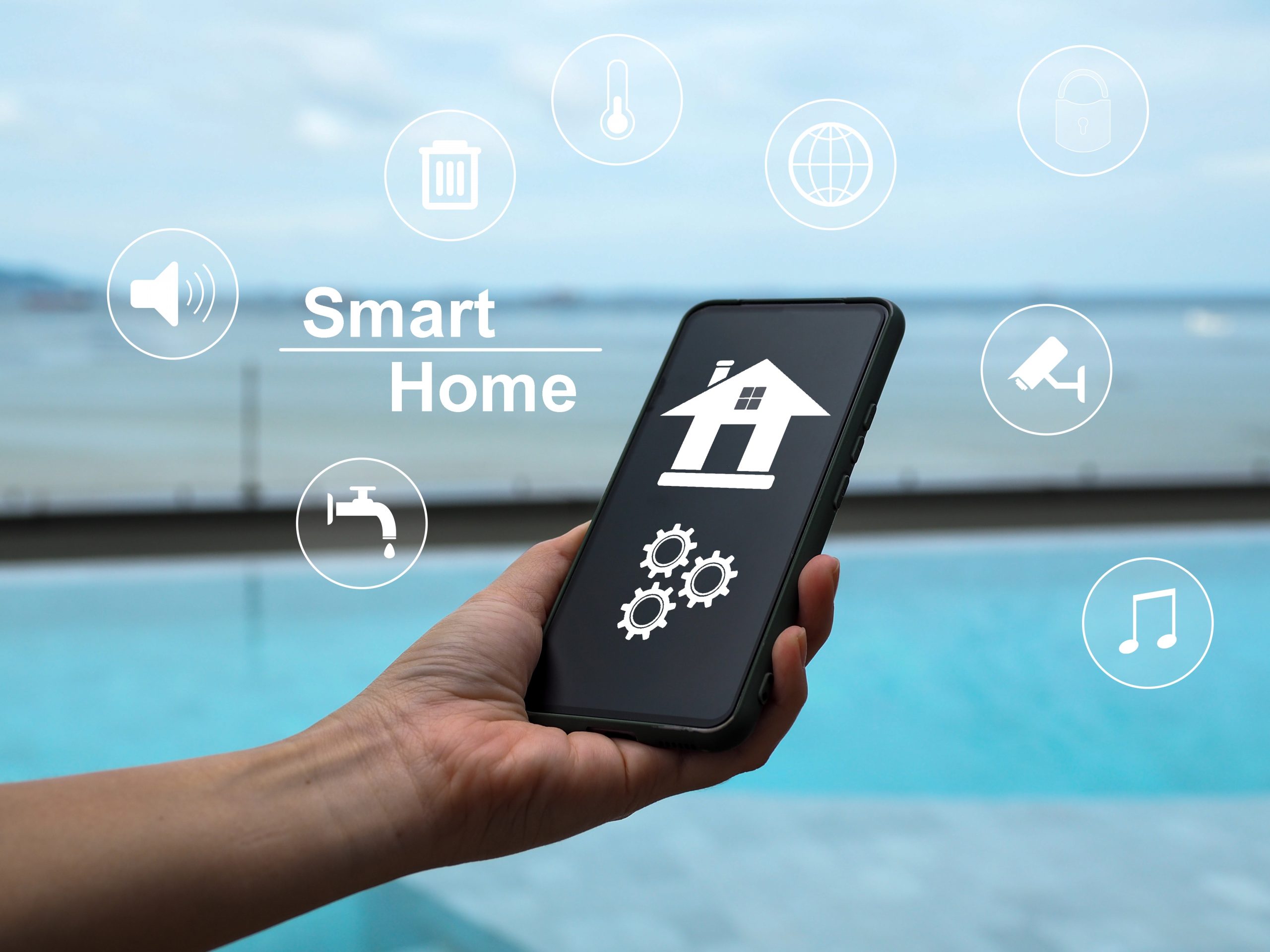Smart home devices are transforming the way we live by making our homes more convenient, secure, and energy-efficient. From voice-controlled assistants to smart thermostats and security systems, these devices offer seamless control over your home’s functions. However, setting up and using smart home devices can be daunting if you’re unfamiliar with the technology. This guide will walk you through the steps of setting up and using smart home devices, along with practical tips, tricks, and insights to help you get the most out of your new technology.
1. Choose the Right Smart Home Device for Your Needs
The first step in setting up a smart home device is selecting one that aligns with your goals. Smart home devices come in many forms, from smart speakers like Amazon Echo and Google Nest, to smart lighting, thermostats, security cameras, and more.
Tip: Identify what you want to accomplish before purchasing a smart home device. For example, if you want better control over your home’s lighting and energy use, a smart lighting system or thermostat is a good choice. For security, consider smart locks, video doorbells, or cameras.
Insight: Many smart home devices can work together, forming a connected ecosystem that simplifies your life. If you plan to add more devices in the future, ensure the devices you choose are compatible with a central hub or voice assistant like Amazon Alexa, Google Assistant, or Apple HomeKit.
2. Unbox and Power Up Your Device
Once you’ve chosen your device, it’s time to set it up. Start by unboxing your device and following the manufacturer’s instructions to power it up.
Tip: Most smart home devices will require a stable Wi-Fi connection, so make sure your Wi-Fi signal is strong in the area where you’ll be placing the device. You may need to move your router or use a Wi-Fi extender if the signal is weak in certain parts of your home.
Trick: Keep the device’s packaging and manual handy during setup. Many devices also have QR codes on the packaging or manual that make setup faster and easier, especially for app-based installations.
3. Download the Companion App
Most smart home devices come with a companion mobile app, which you’ll need to download to complete the setup process. These apps allow you to control the device from your phone or tablet.
Tip: After downloading the app, create an account if required and follow the prompts to connect the device to your home Wi-Fi network. Ensure your device and phone are connected to the same network during setup to avoid connection issues.
Insight: Some apps offer customization options like setting schedules, alerts, or automations. Take a few minutes to explore the app’s features so you can tailor the device to your specific preferences.
4. Integrate with Voice Assistants or Hubs
To get the most out of your smart home device, consider integrating it with a voice assistant or smart home hub. Devices like Amazon Alexa, Google Assistant, or Apple’s HomeKit allow you to control multiple smart devices with simple voice commands or via a central hub.
Tip: If you have an Alexa or Google Assistant device, you can link your smart home device through their respective apps. Simply open the Alexa or Google Home app, tap “Add Device,” and follow the instructions to link your new smart device. Once linked, you can use voice commands to control the device hands-free.
Trick: Set up voice routines or automations. For example, you can create a routine that turns off all your smart lights when you say, “Alexa, good night,” or set your thermostat to lower the temperature when you leave the house.
5. Optimize Settings for Energy Efficiency and Security
Once your smart home device is up and running, take time to optimize its settings for energy efficiency and security. Smart thermostats, for instance, allow you to create schedules that reduce energy consumption when you’re away from home, while smart lights can be set to turn off automatically when not in use.
Insight: Many smart devices also come with security features. Smart cameras and doorbells allow you to monitor your home remotely, while smart locks can be locked or unlocked from anywhere using the companion app. Ensure you enable features like push notifications, which alert you to any unusual activity or security breaches.
Tip: For maximum security, always update your devices to the latest firmware version, and use strong, unique passwords for your smart home accounts. Many apps also offer two-factor authentication, which adds an extra layer of protection against hackers.
6. Expand Your Smart Home System Over Time
One of the biggest advantages of smart home technology is its scalability. You can start with one or two devices and gradually expand your system over time.
Tip: Begin with essential devices, such as a smart speaker or thermostat, and add more as your needs evolve. Smart plugs, smart light bulbs, and security devices can be easily integrated into your system later.
Trick: Create “scenes” within your app to control multiple devices at once. For example, you can set up a “Movie Night” scene that dims the lights, lowers the blinds, and adjusts the thermostat with a single command.
